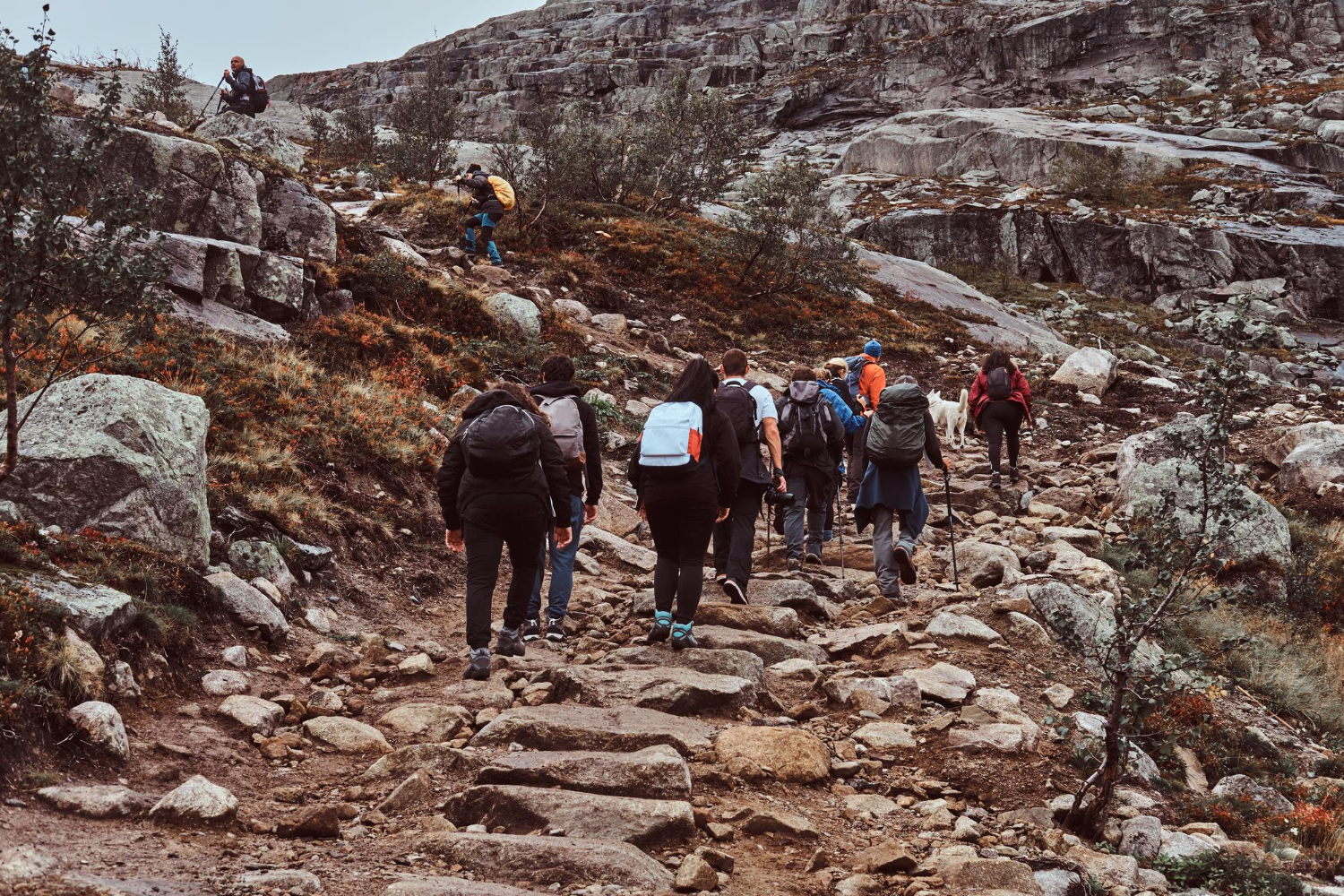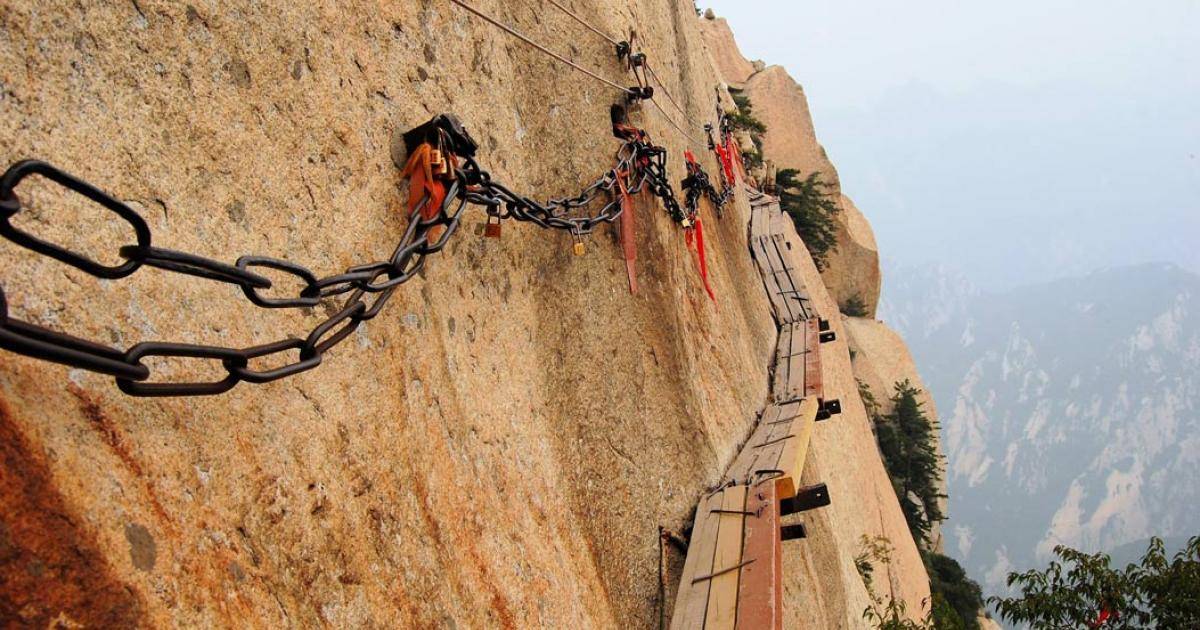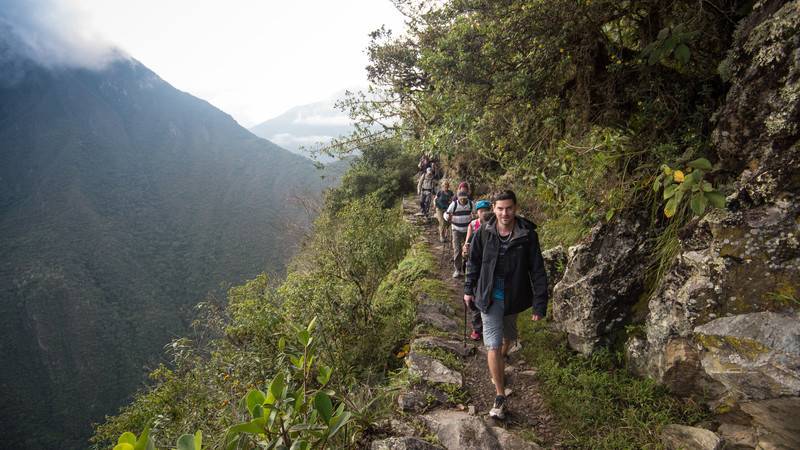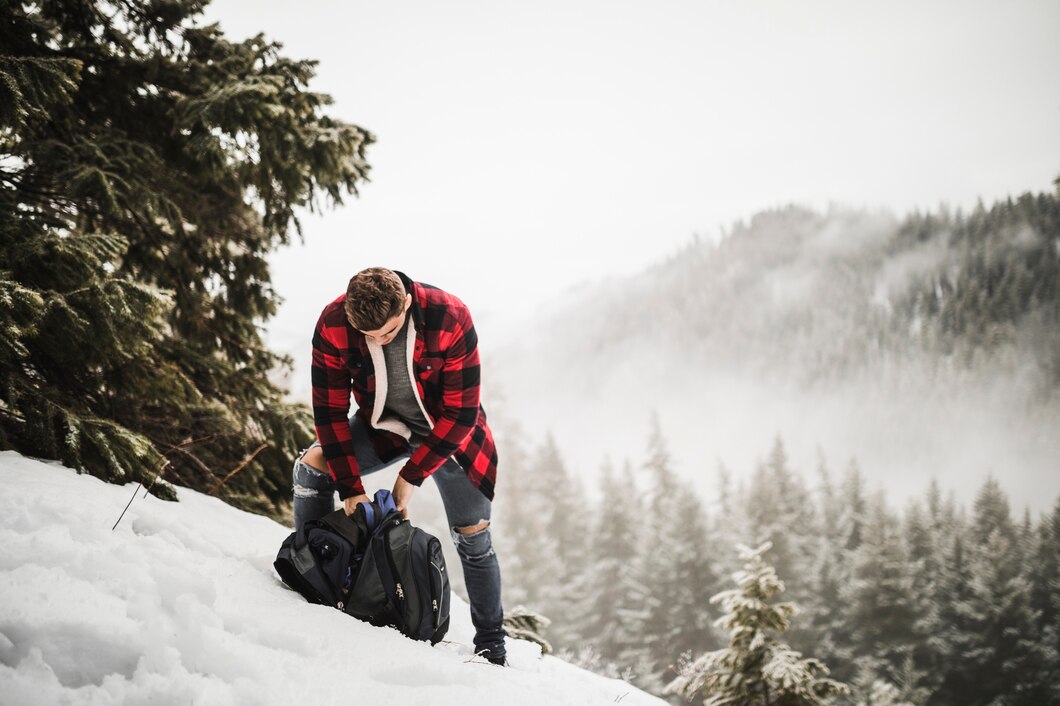
Most Dangerous Yet Thrilling Treks
For those who crave adrenaline, trekking offers more than just scenic views—it’s about pushing physical and mental limits. Some of the world’s most extreme hiking trails are as dangerous as they are breathtaking. These dangerous trekking routes test endurance, courage, and preparation, but the rewards are unmatched. If you’re seeking thrilling adventure hikes, here are some of the most perilous yet awe-inspiring trails on Earth.
1. Mount Huashan, China – The Plank Walk in the Sky

- Location: Shaanxi Province, China
- Why It’s Extreme: Wooden planks bolted onto a sheer cliffside, thousands of feet above the ground.
- Biggest Danger: Slippery paths, minimal safety harnesses, and sheer drop-offs.
- Thrill Factor: Stunning views from one of China’s most sacred mountains.
Additional Details:
- The trail also includes vertical ascents and near-vertical staircases carved into the rock.
- Pilgrims have trekked this route for centuries to reach the South Peak’s temple.
- Despite safety upgrades, the trail remains one of the most dangerous hikes globally.
Safety Tips:
- Wear gloves for better grip on chains and avoid peak hours when the trail is crowded.
- Ensure your harness is secure before stepping onto the plank walk.
- Be prepared for unpredictable weather that can make the trail even more hazardous.
2. The Maze, USA – A Labyrinth of Dead Ends
- Location: Canyonlands National Park, Utah
- Why It’s Extreme: A remote, maze-like network of canyons with no marked paths.
- Biggest Danger: Getting lost in the isolated desert with scarce water sources.
- Thrill Factor: Jaw-dropping sandstone formations and an unrivalled sense of adventure.
Additional Details:
- Only a handful of visitors attempt The Maze each year due to its difficulty.
- Rockfalls and flash floods are real dangers in the canyon.
- GPS often fails due to the complex terrain, making navigation challenging.
Safety Tips:
- Bring a detailed map, GPS device, and extra water supplies. Avoid solo trekking.
- Inform someone about your route and expected return time.
- Pack emergency supplies, as help could take days to arrive in case of trouble.
3. Huayna Picchu, Peru – The Death Stairs of Machu Picchu

- Location: Cusco Region, Peru
- Why It’s Extreme: Steep, crumbling staircases lead to Machu Picchu’s best view.
- Biggest Danger: Slippery steps with no handrails and sudden weather changes.
- Thrill Factor: A panoramic view of the ancient Incan city from above.
Additional Details:
- The climb is limited to 400 hikers daily to preserve the path and maintain safety.
- Rainy conditions make the narrow paths even more treacherous.
- The Incas originally built these staircases, known as the “Stairs of Death.”
- The altitude of 2,720m can make the hike physically demanding.
Safety Tips:
- Book a permit in advance, as only a limited number of hikers are allowed daily.
- Start early in the day to avoid the midday heat and congestion.
- Take frequent breaks and stay hydrated to prevent altitude sickness.
4. Drakensberg Traverse, South Africa – A Test of Endurance
- Location: Drakensberg Mountains, South Africa
- Why It’s Extreme: Involves climbing chain ladders and trudging remote mountain ridges.
- Biggest Danger: Sudden storms, unmarked trails and high-altitude exposure.
- Thrill Factor: Pristine terrain and wildlife sightings.
Additional Details:
- It is a 220km trek which can take more than two weeks to complete.
- On the trail, you’ll see baboons, elands and even leopards.
- Much of it scrambles, and ridge walks with exposure to vertical drops.
- The hike has stunning views of dramatic cliffs and rolling valleys.
Safety Tips:
- Check the weather forecast before departure and carry enough supplies for multi-day trekking.
- Travel with an experienced guide for better navigation.
- Bring a satellite phone for emergencies, as cell service is unreliable.
5. The Snowman Trek, Bhutan – The Hardest Trek in the World

- Location: Himalayas, Bhutan
- Why It’s Extreme: Covers 300km with multiple high-altitude passes above 5,000m.
- Biggest Danger: Altitude sickness and extreme weather conditions.
- Thrill Factor: Remote Buddhist monasteries and untouched Himalayan scenery.
Additional Details:
- Less than 50% of hikers complete the entire trek due to harsh conditions.
- The trek takes around 25-30 days, making it one of the longest in the world.
- Traditional Bhutanese villages along the route provide a glimpse into local culture.
- The trail includes glacial rivers, ice-covered passes, and breathtaking mountain peaks.
Safety Tips:
- Acclimatise properly and train for endurance before attempting this trek.
- Ensure you have a well-planned itinerary with enough rest days.
- Invest in high-quality cold-weather gear to withstand freezing temperatures.
6. The Aonach Eagach Ridge, Scotland – The UK’s Most Dangerous Hike
- Location: Scottish Highlands
- Why It’s Extreme: A narrow ridge with sheer drops on both sides.
- Biggest Danger: Slippery rocks and unpredictable weather.
- Thrill Factor: Incredible views over Glencoe, Scotland’s most famous valley.
Additional Details:
- The ridge spans 10km with exposed sections requiring scrambling skills.
- Strong winds and rain can make the trail even more treacherous.
- Many hikers choose to use a rope for added security on the most dangerous sections.
- The route demands a high level of fitness and technical climbing experience.
Safety Tips:
- Only attempt in dry weather and bring proper climbing gear for extra safety.
- Travel with a group for added security and navigation support.
- Wear appropriate footwear with a strong grip to prevent slips on wet surfaces.
Are You Ready for the Challenge?
These extreme hiking trails are not for the faint-hearted but offer some of the most rewarding experiences for adventurous trekkers. Whether it’s navigating dangerous trekking routes or embracing thrilling adventure hikes, proper preparation, fitness, and knowledge are essential.
Which of these treks would you attempt? Share your thoughts and past experiences in the comments below!


